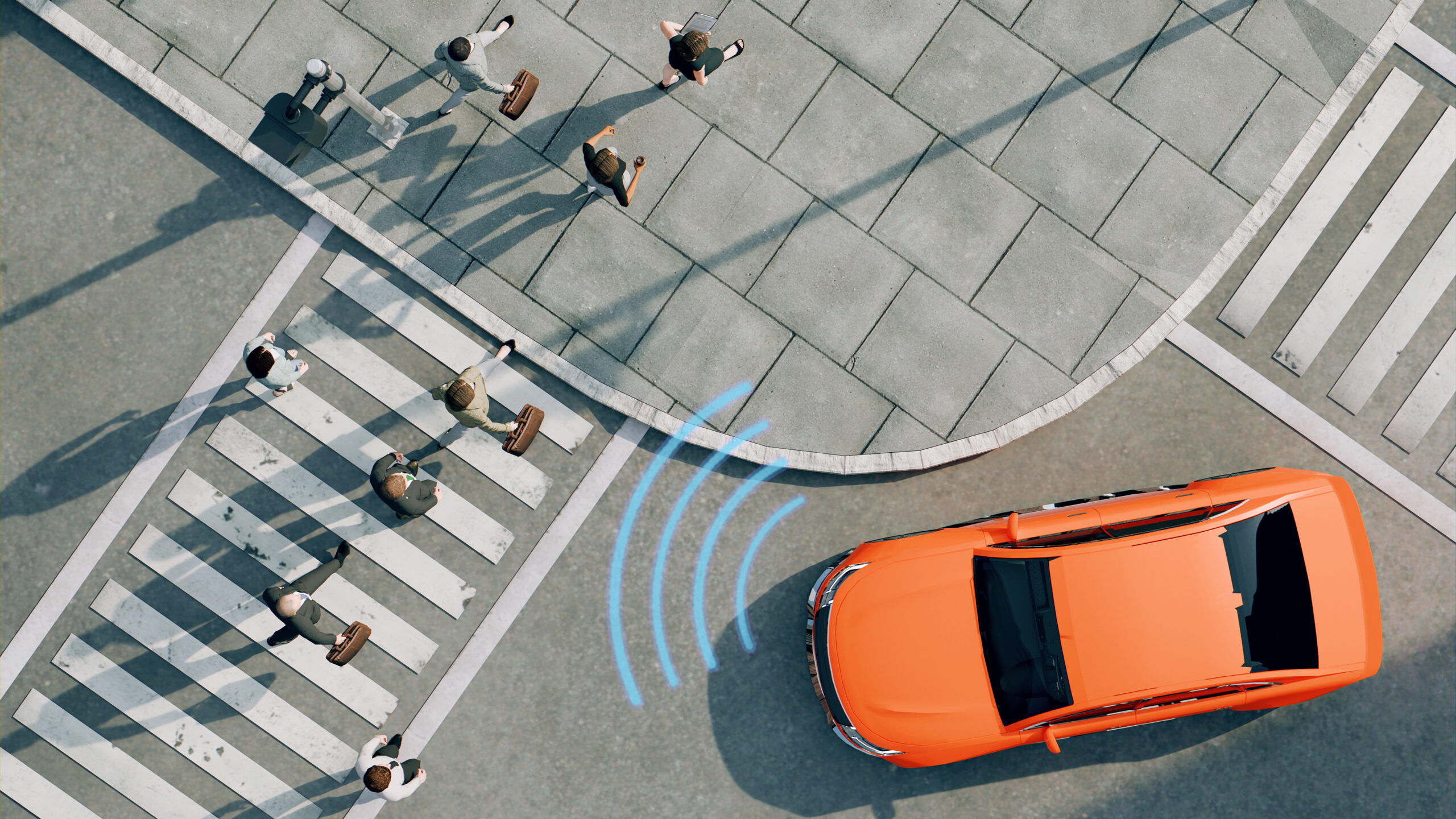How do we respond when traffic doesn’t follow the rules? A sudden medical emergency. A child running into the street. Society expects autonomous vehicles to rise to these unpredictable moments, often holding them to higher standards than human drivers. But real traffic doesn’t always follow the rules. And while expectations keep rising, regulations and technology don’t always move at the same pace. The gap between expectations and reality is growing.
That gap is where real safety is decided.
Society’s expectations vs. technical capabilities
Human drivers operate under a common understanding: when something unexpected happens, we are expected to react — to improvise, protect life, and make judgment calls in split seconds. For autonomous systems, that bar is often even higher. Regulators and the public alike expect these vehicles to match or exceed human performance. The UK’s new Automated Vehicles Act, for example, requires autonomous vehicles (AVs) to demonstrate “a level of safety at least as high as a careful and competent human driver.”
As technology advances, it’s natural that society’s expectations for safety will rise — just as we expect each new generation of cars to be safer than the last.
Yet many autonomous systems are built on a different set of assumptions: that traffic will behave predictably, and that following the rules is enough to keep everyone safe. This creates a growing gap between what society expects and what technology is actually designed to handle.
The unaddressed gap
Autonomous systems tend to perform well when traffic behaves as expected. They can follow rules, detect obstacles, and respond to planned scenarios with remarkable precision. But when real traffic doesn’t follow the script, many systems reach their limits. Sudden medical emergencies involving other drivers, human error, or unpredictable actions from pedestrians and other vulnerable road users can push them beyond what they’re designed to handle.
This isn’t a flaw; it reflects a focus on structured, rule-based environments. By focusing on structured, rule-based environments, developers can build systems that are easier to train, validate, and certify. But this focus leaves a critical gap: the very situations where human drivers are expected to step up are often the ones that remain the most challenging for autonomous systems.

A different lens – designing for the unpredictable
Closing this gap starts with a shift in perspective. Instead of designing systems mainly for rule-based, predictable traffic, we need to build technology that can handle the unexpected. That means faster perception, better understanding of complex situations, and the ability to react in real time when traffic doesn’t go according to plan.
It’s about moving from ideal scenarios to real-world complexity, from assuming that traffic behaves perfectly to recognizing that it often doesn’t. Designing for the unpredictable is not just a technical challenge; it requires a change in how the industry and society think about expectations on safety. How we close that gap will help define the next chapter of autonomous safety and build the trust needed for adoption.
* Recent Trends in the Public Acceptance of Autonomous Vehicles A Review vehicles-07-00045.pdf
The topic was briefly highlighted in our presentation at Auto.AI Europe 2025.
